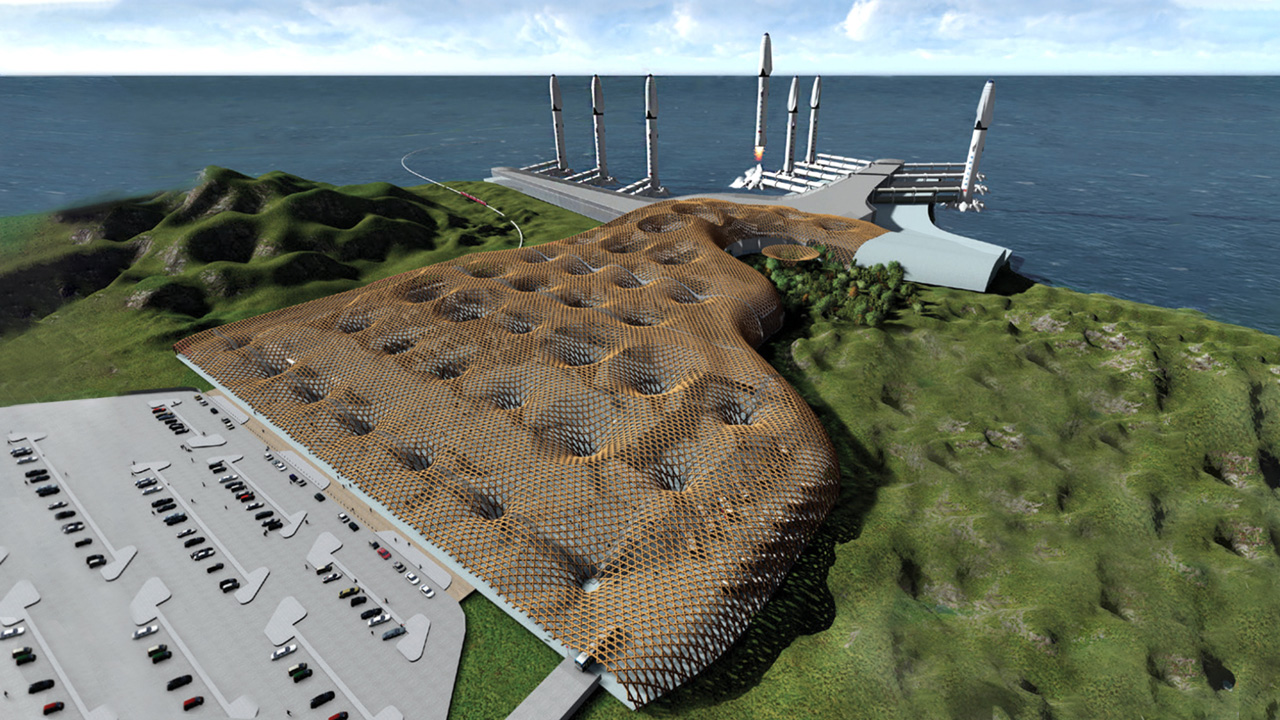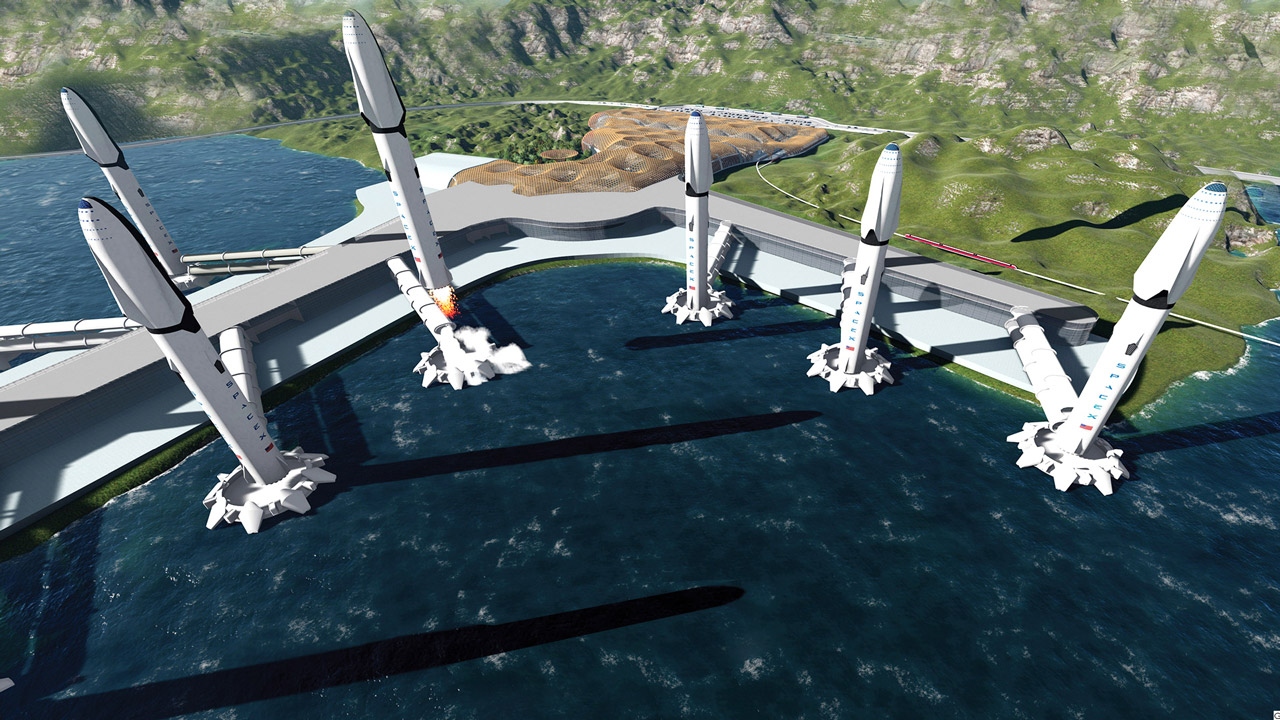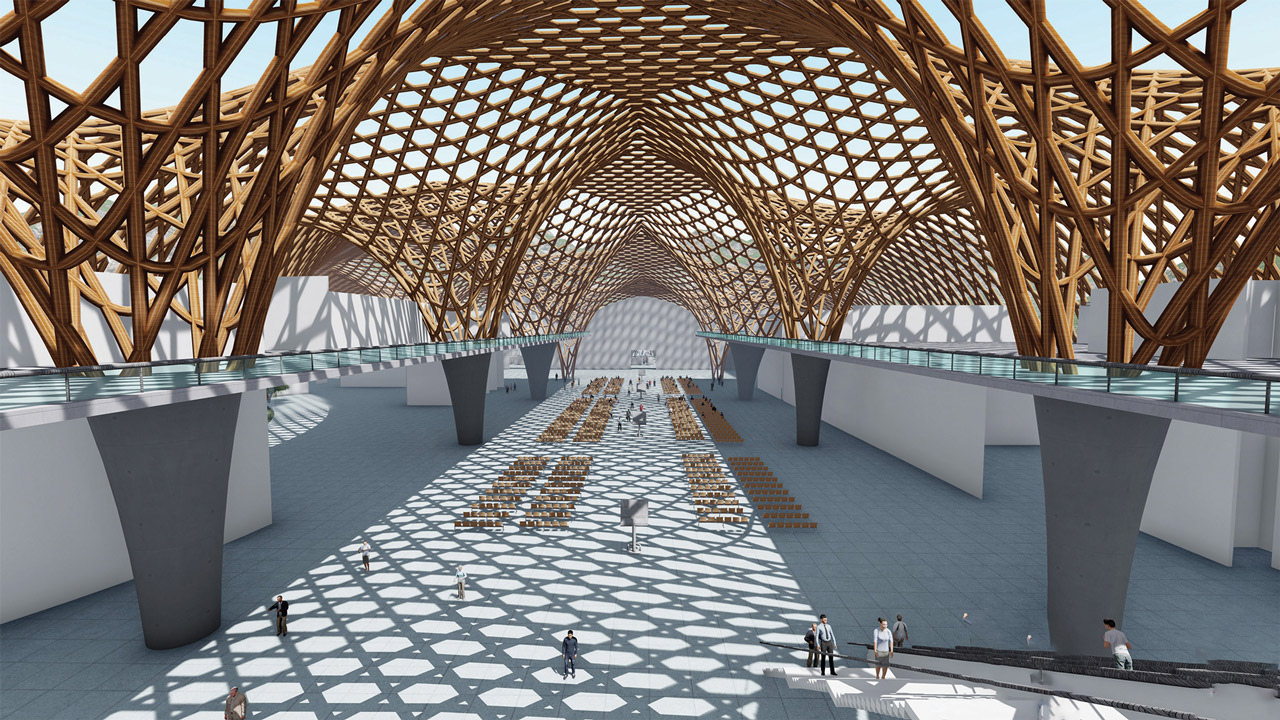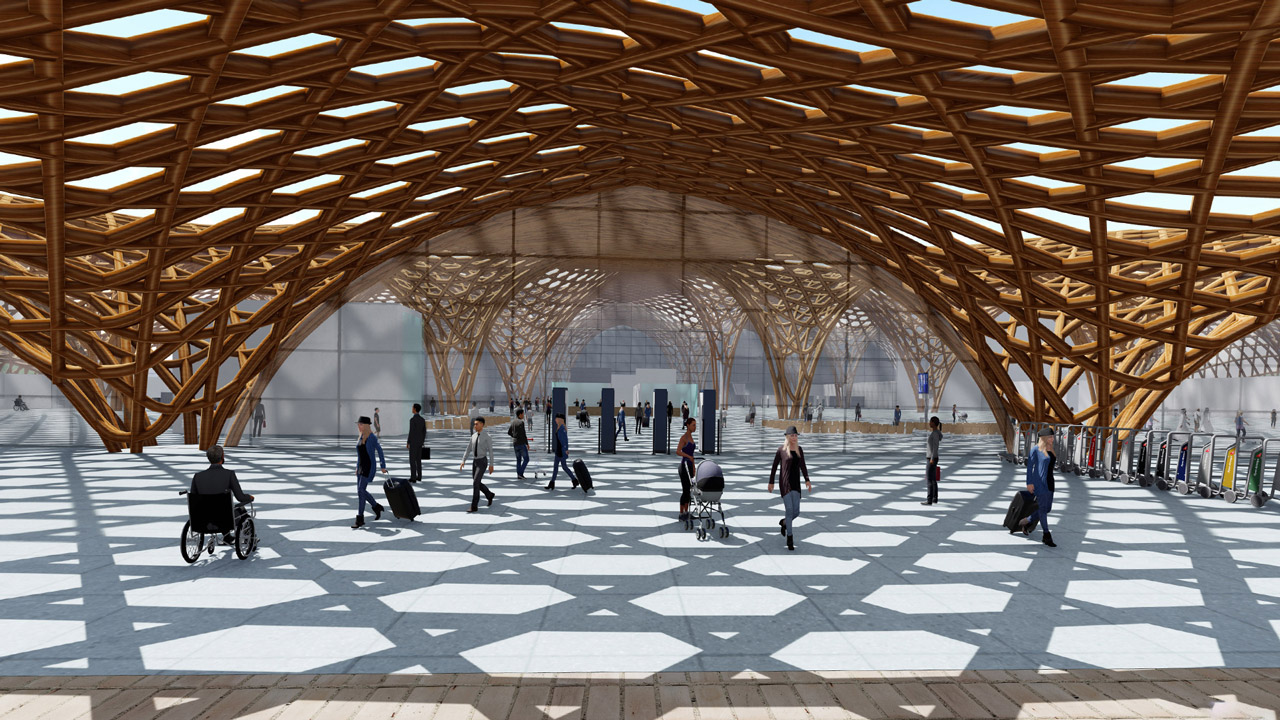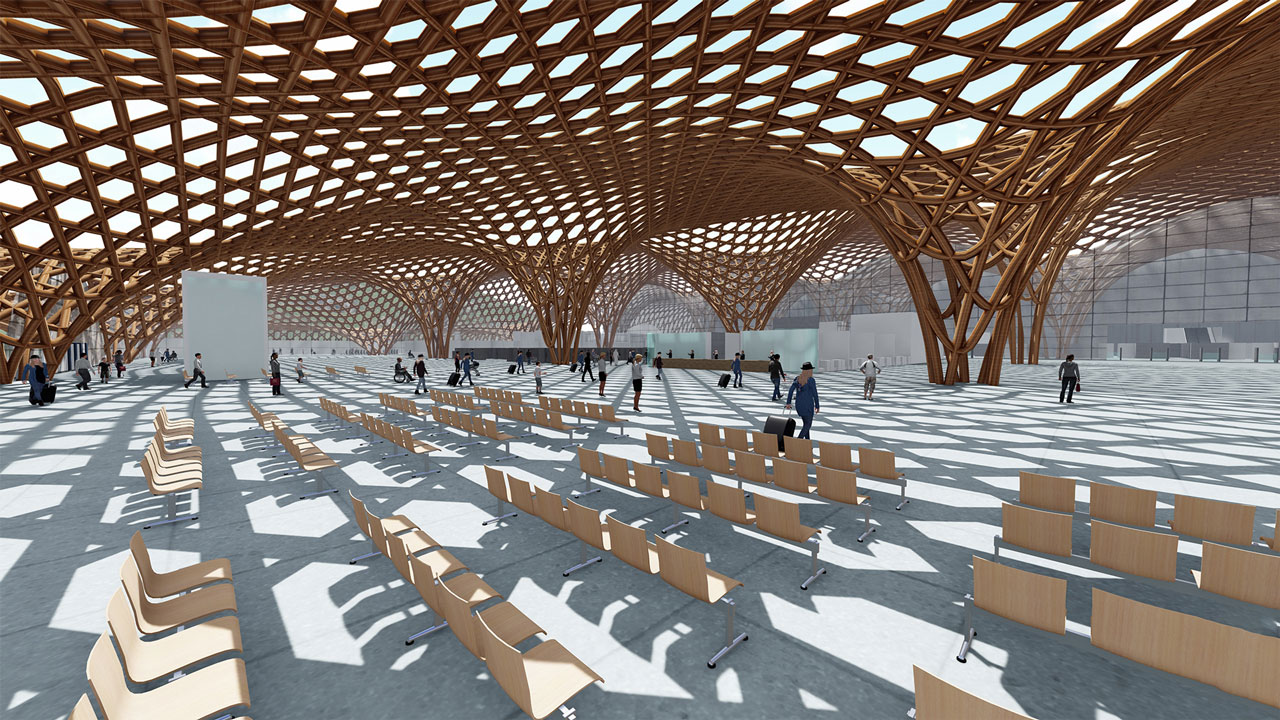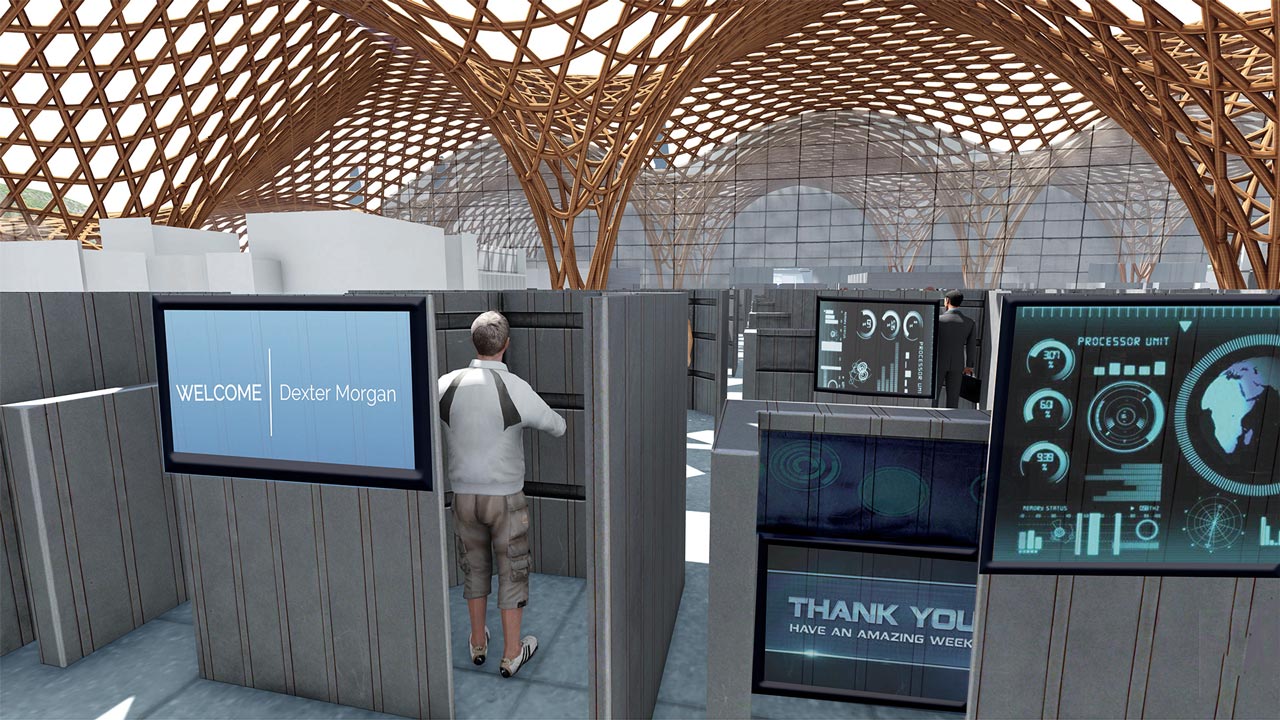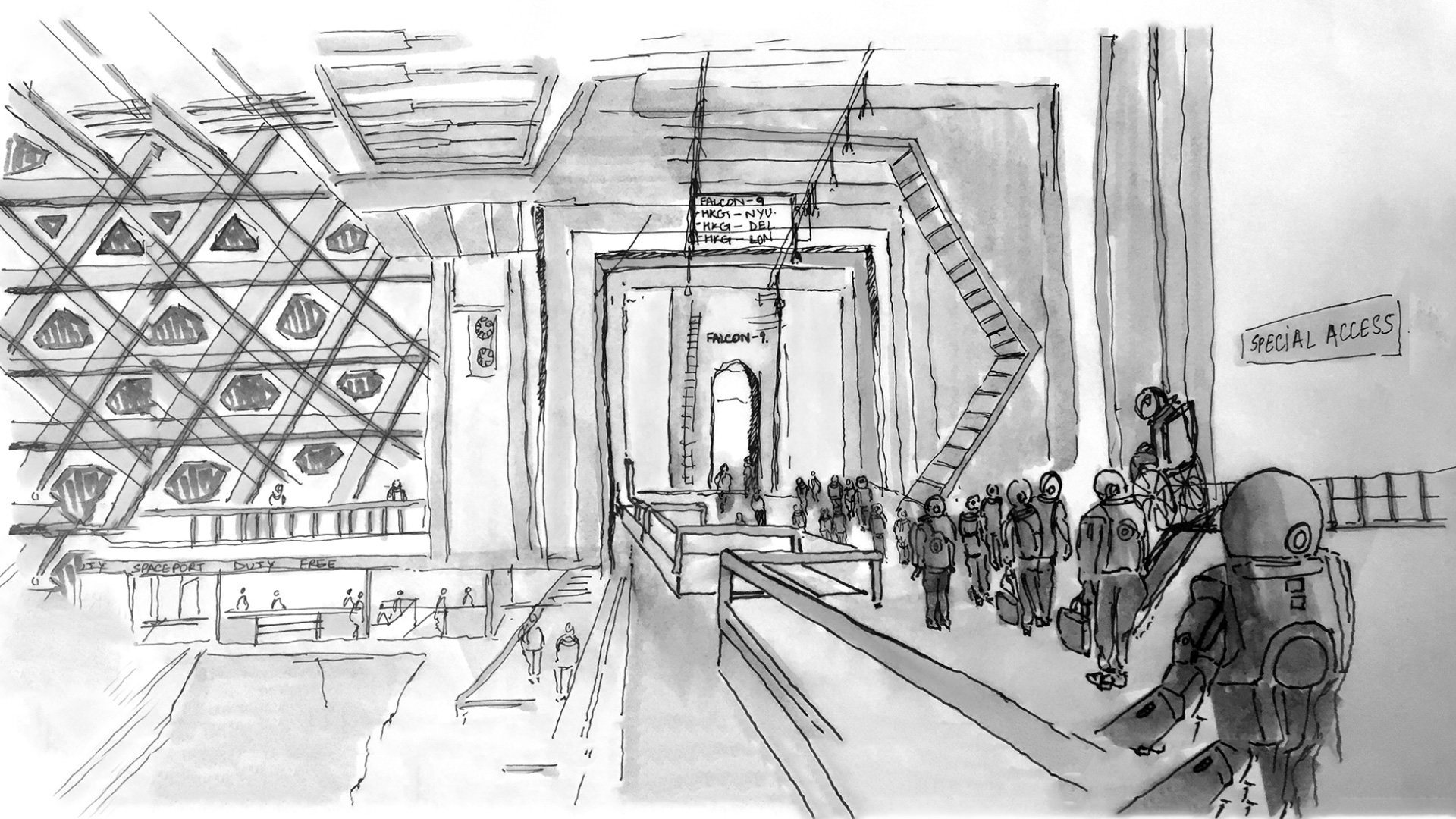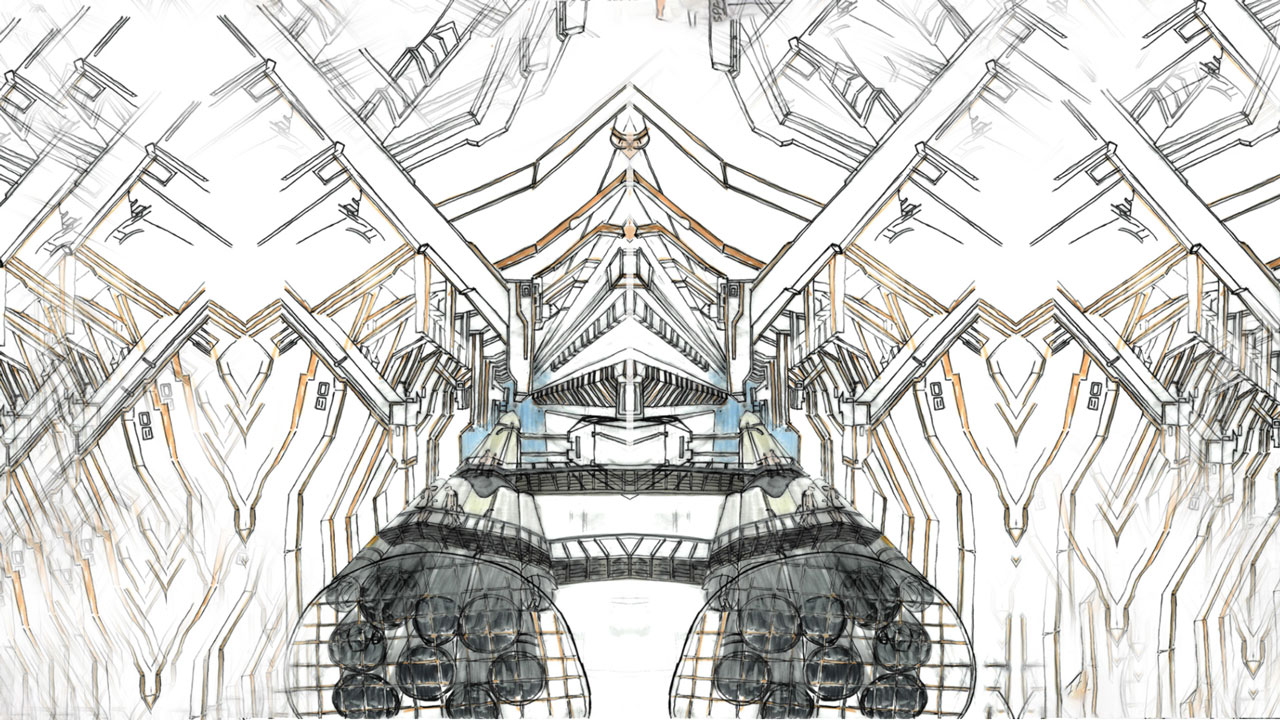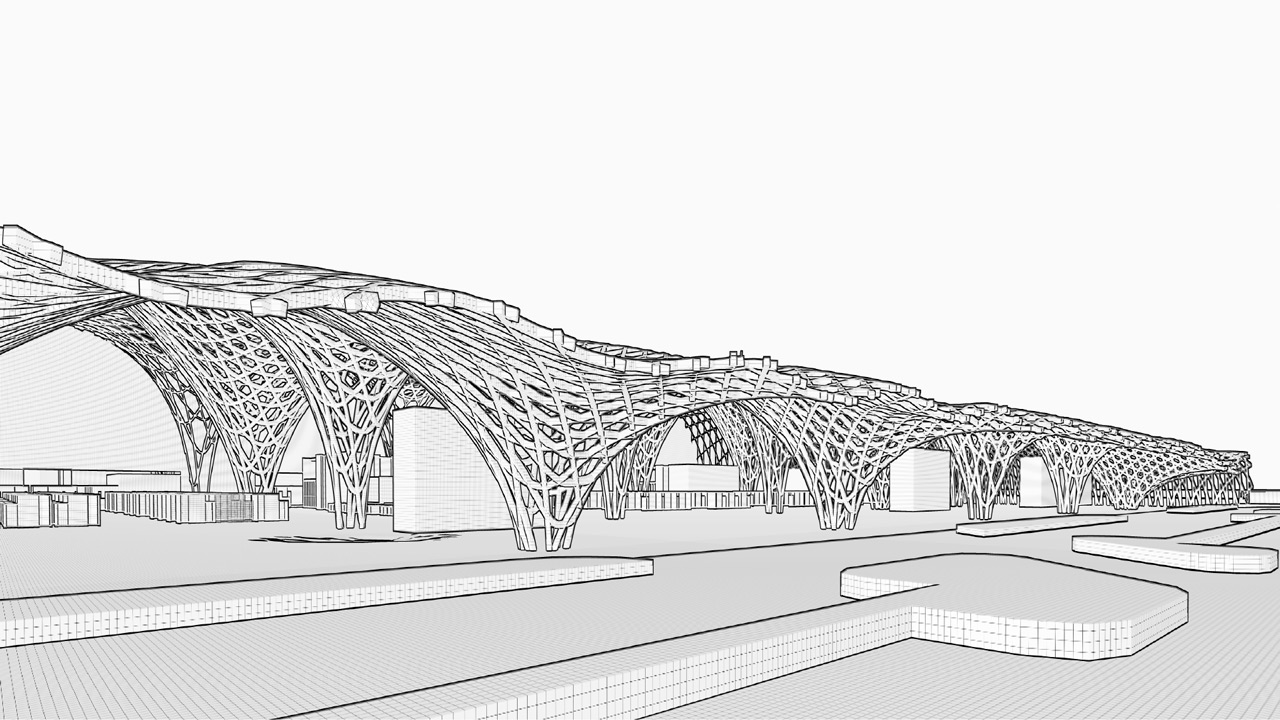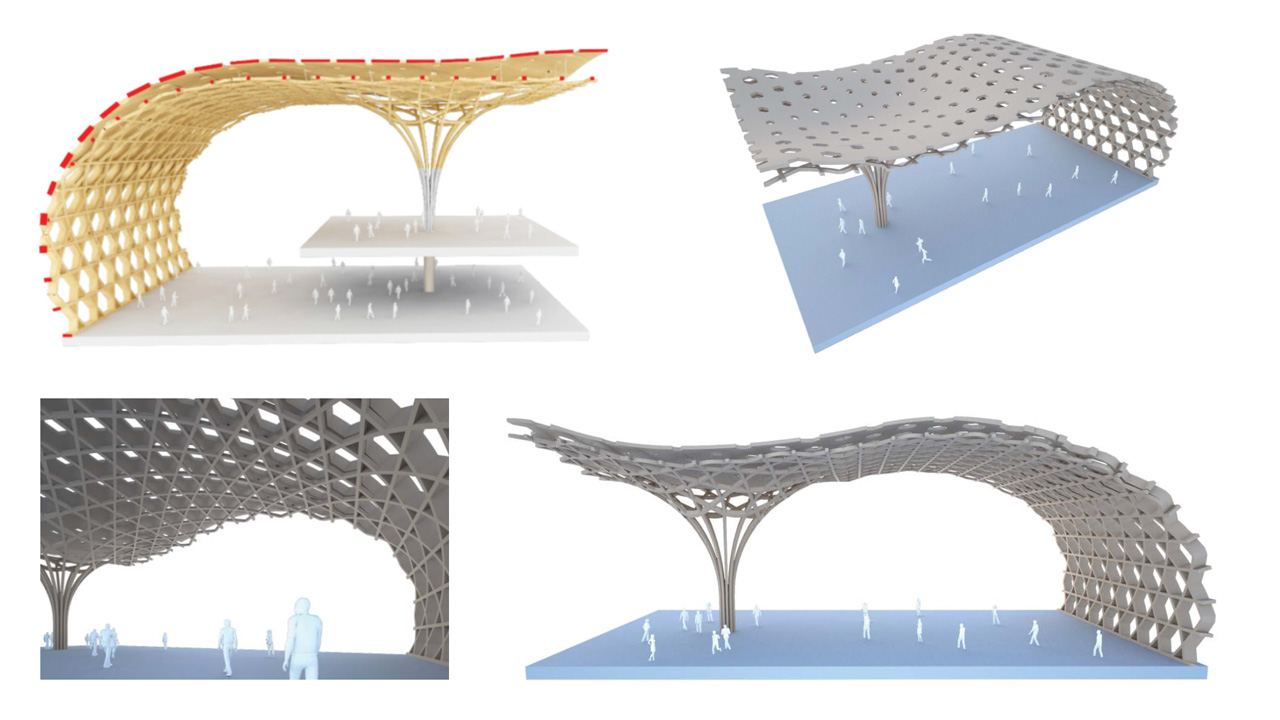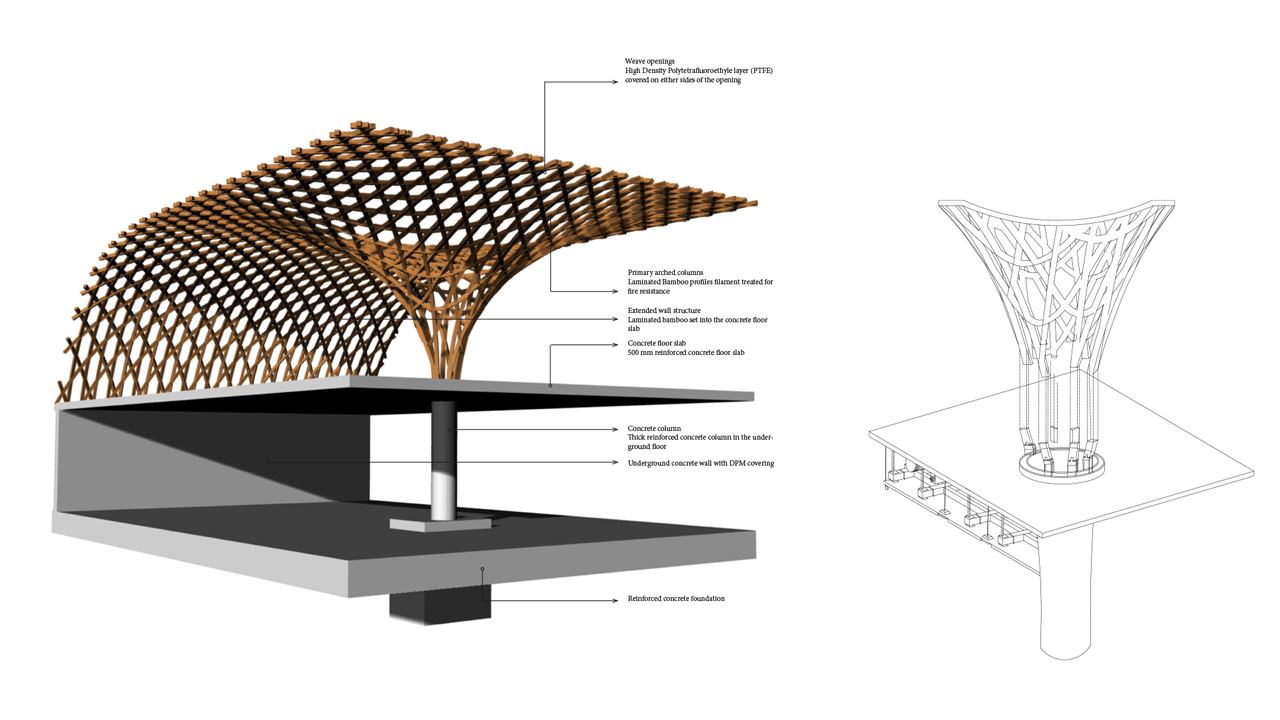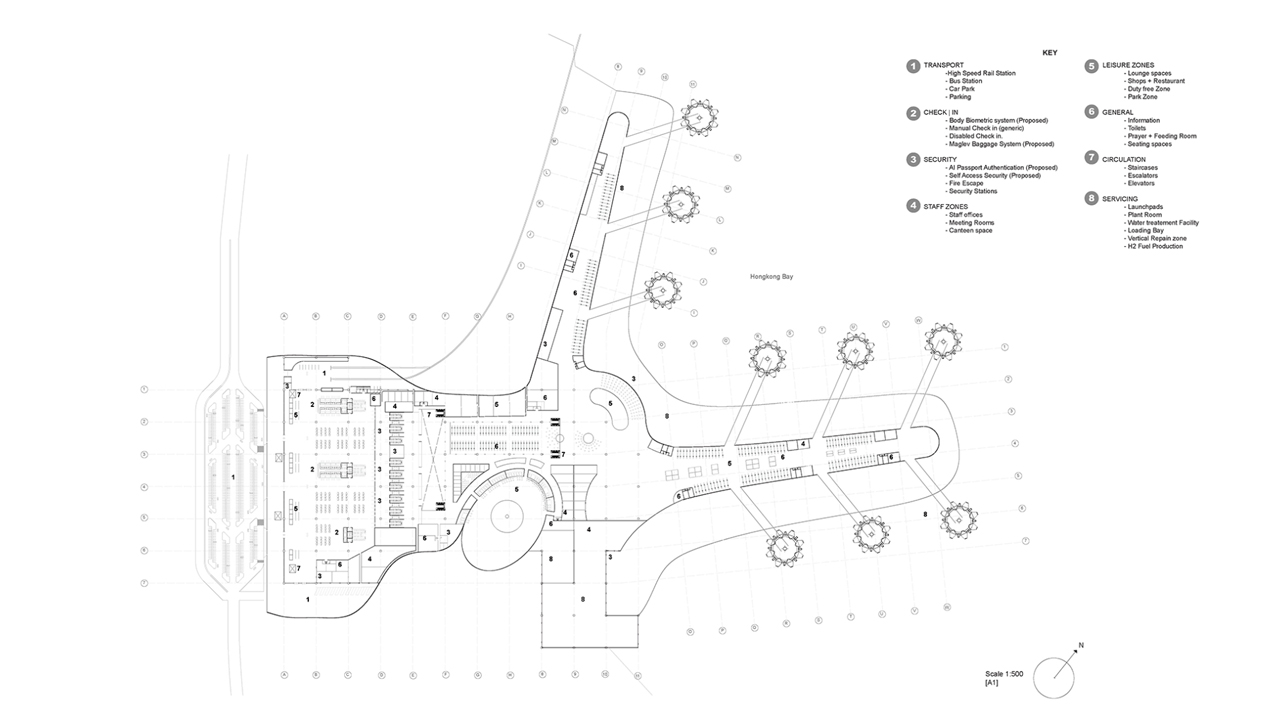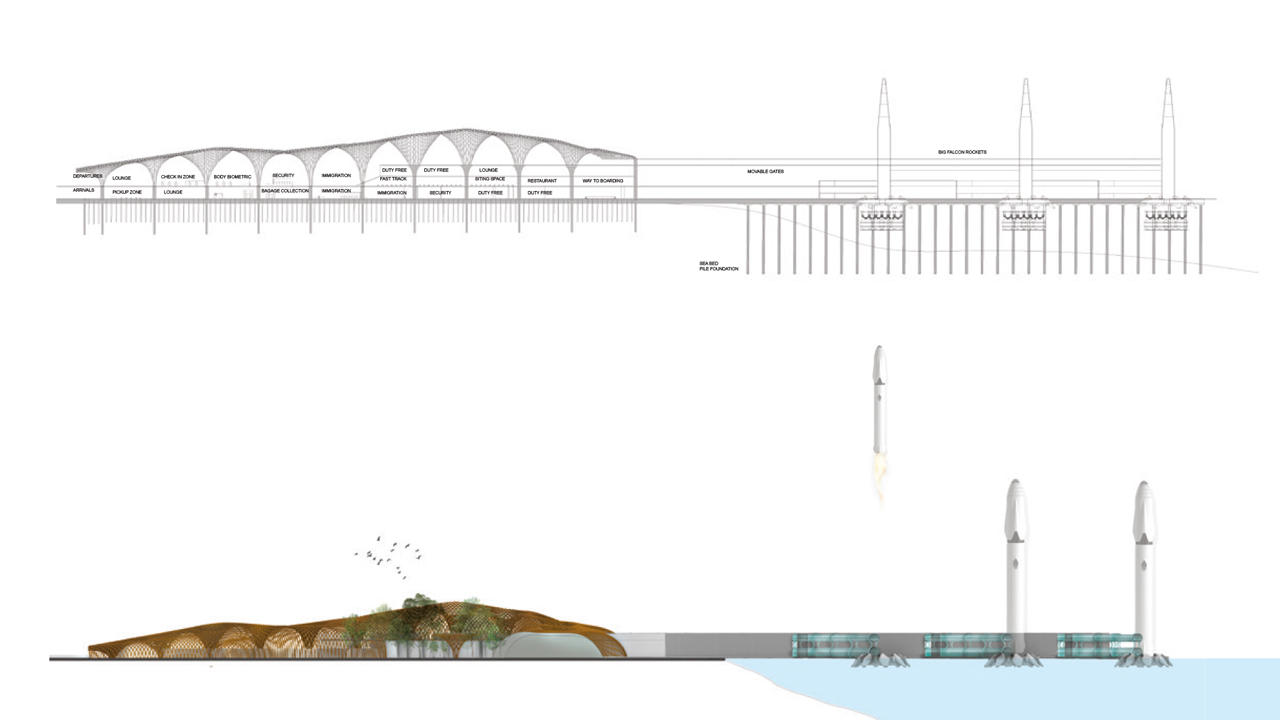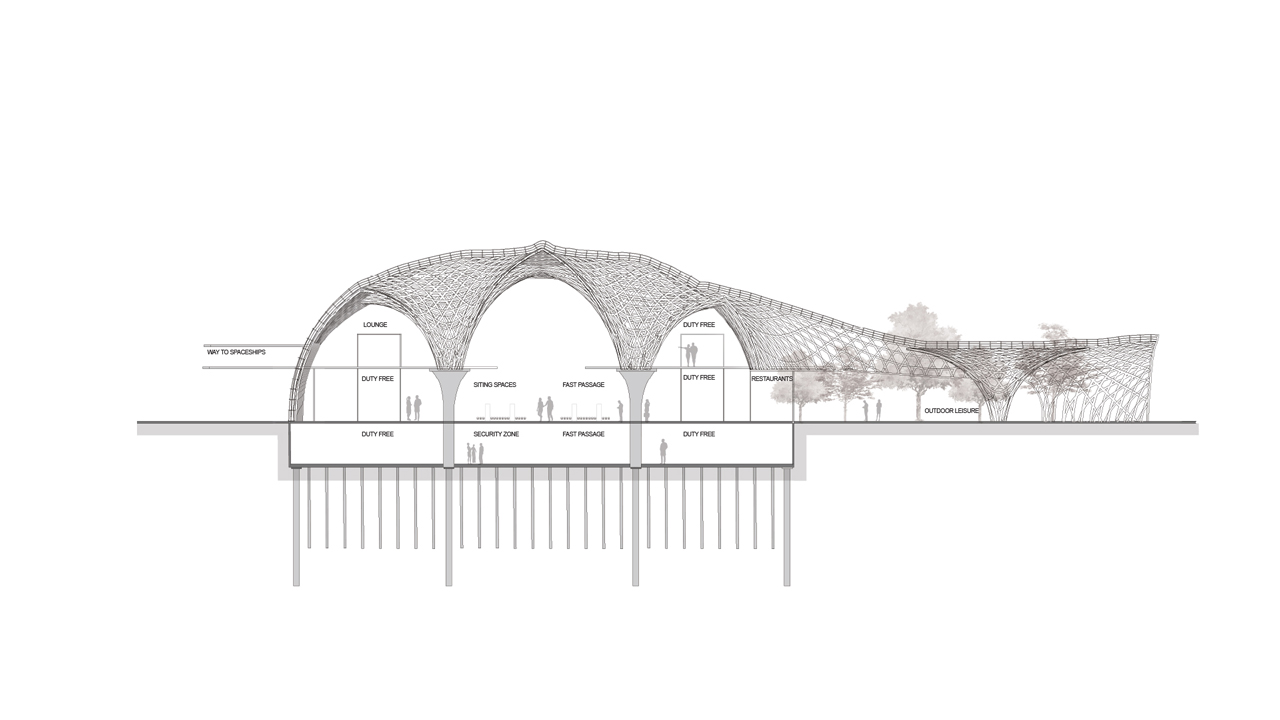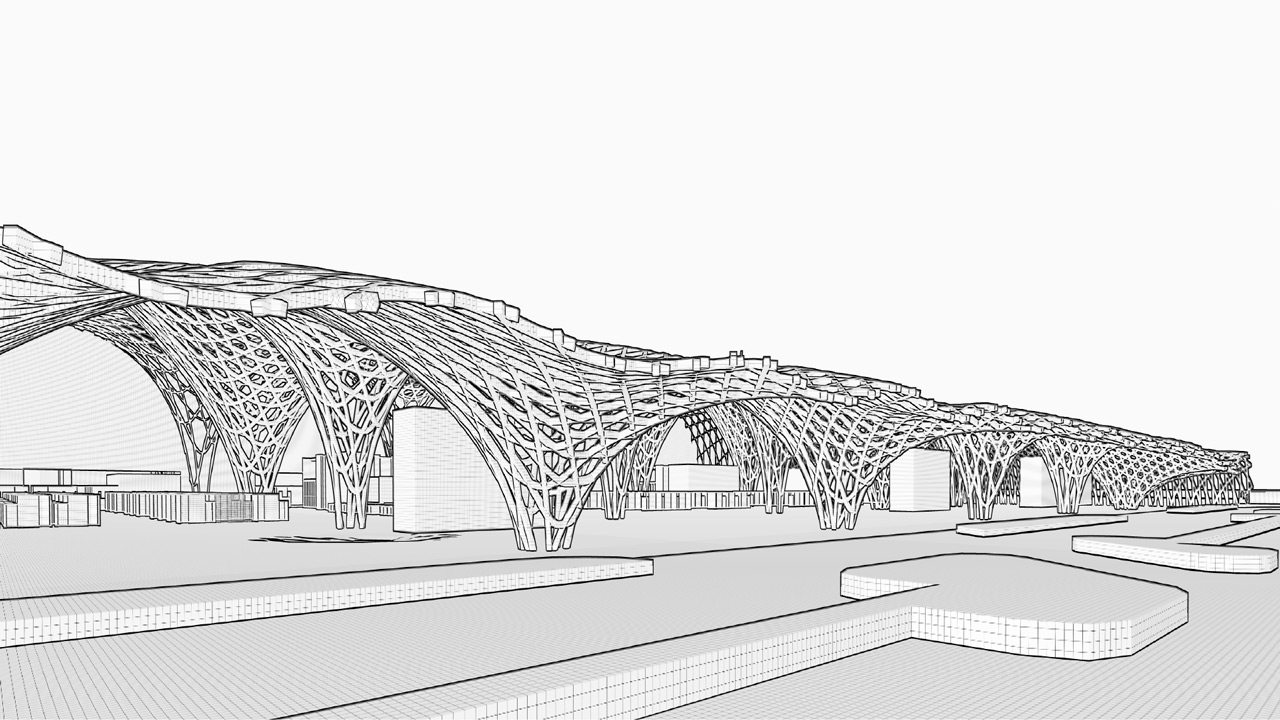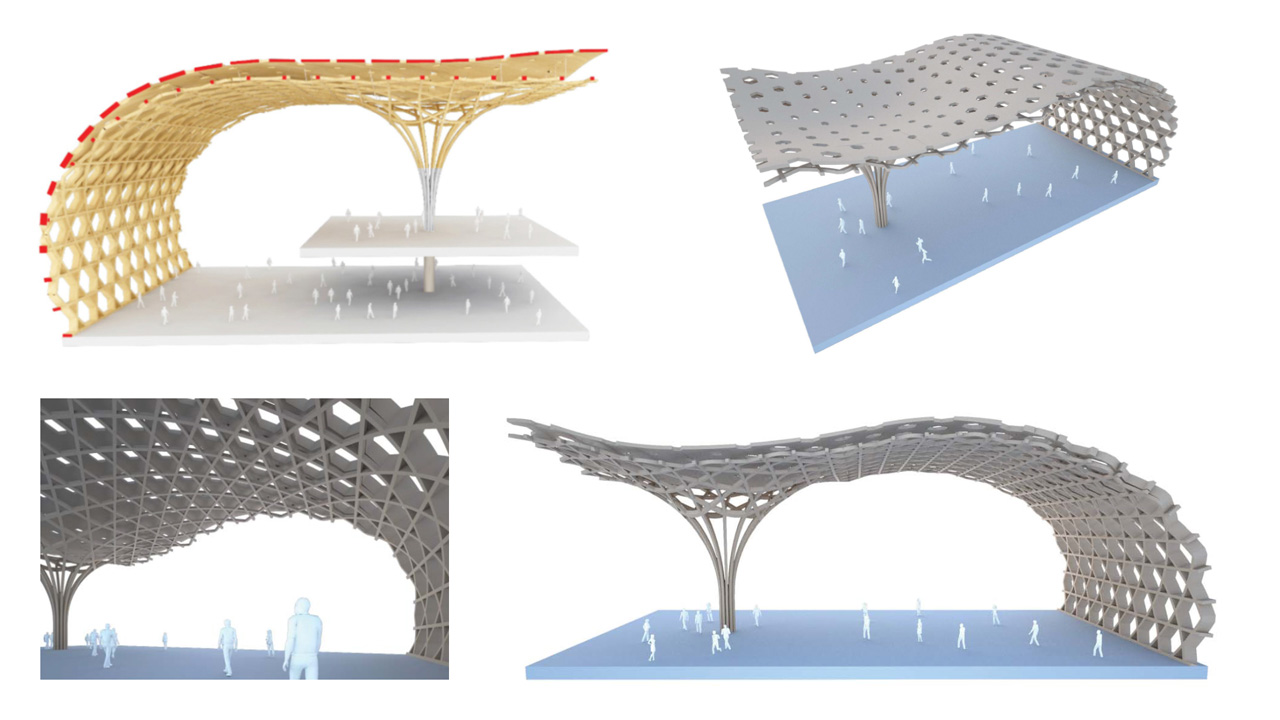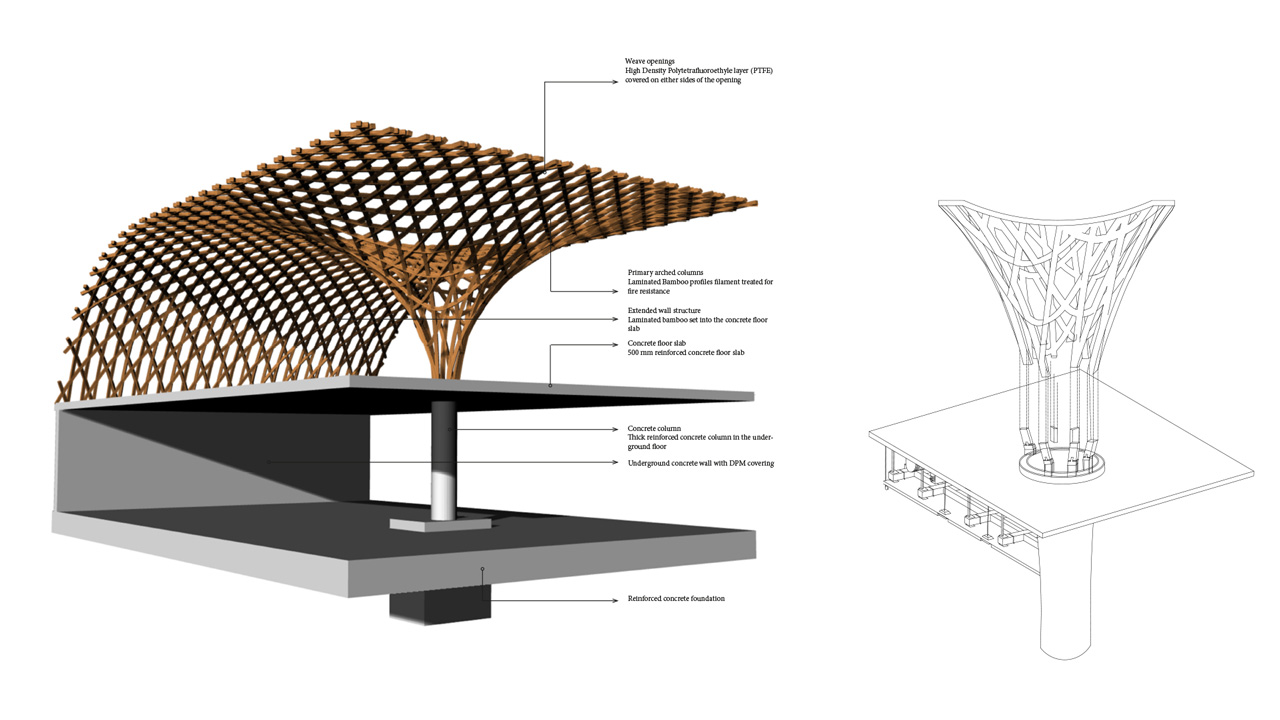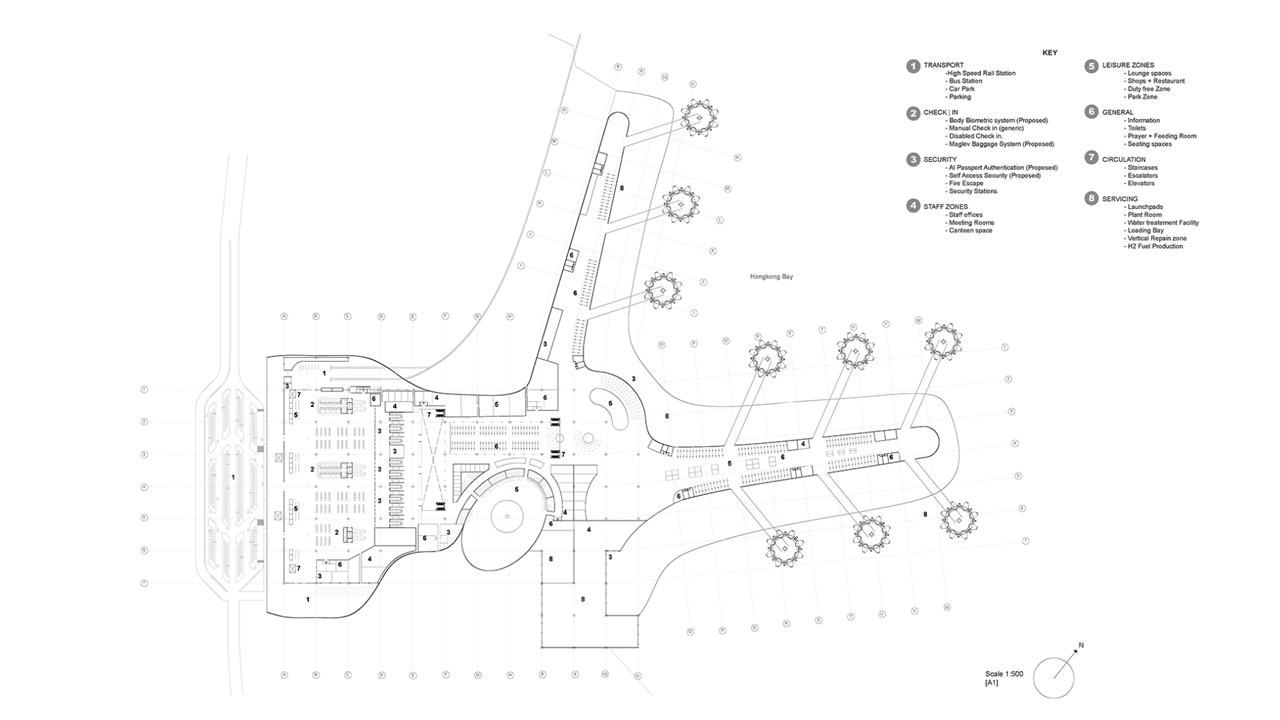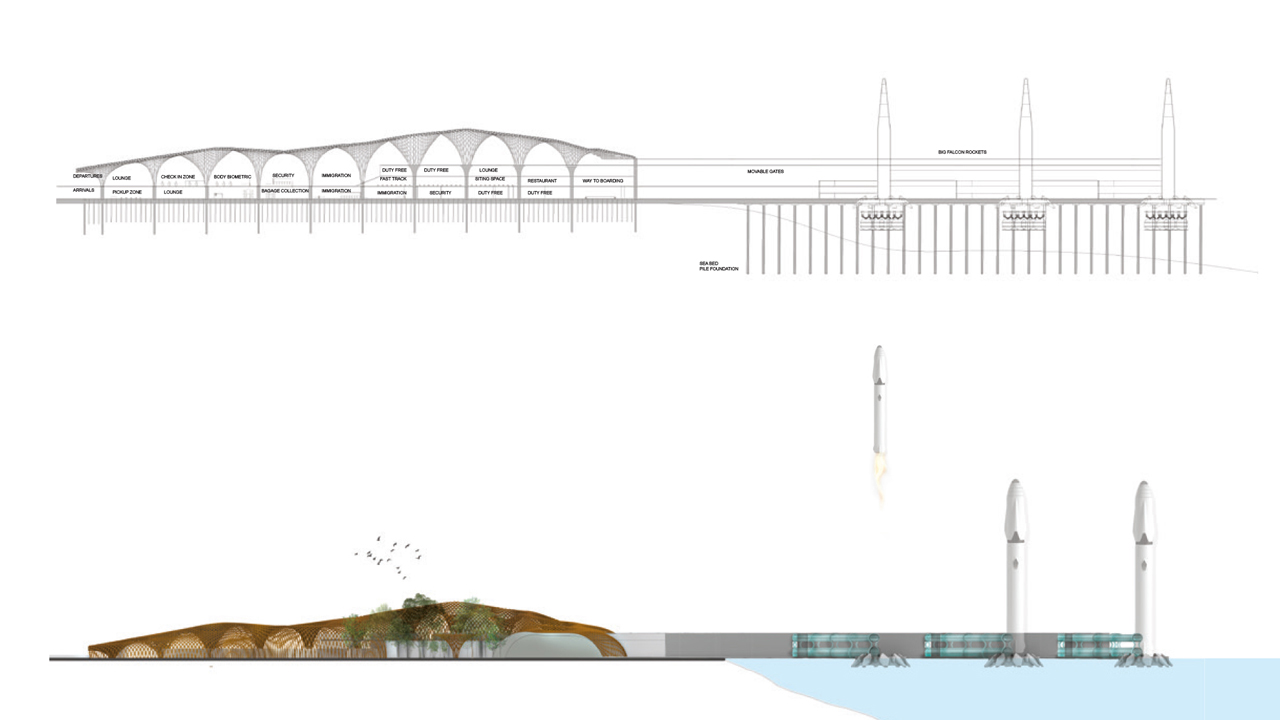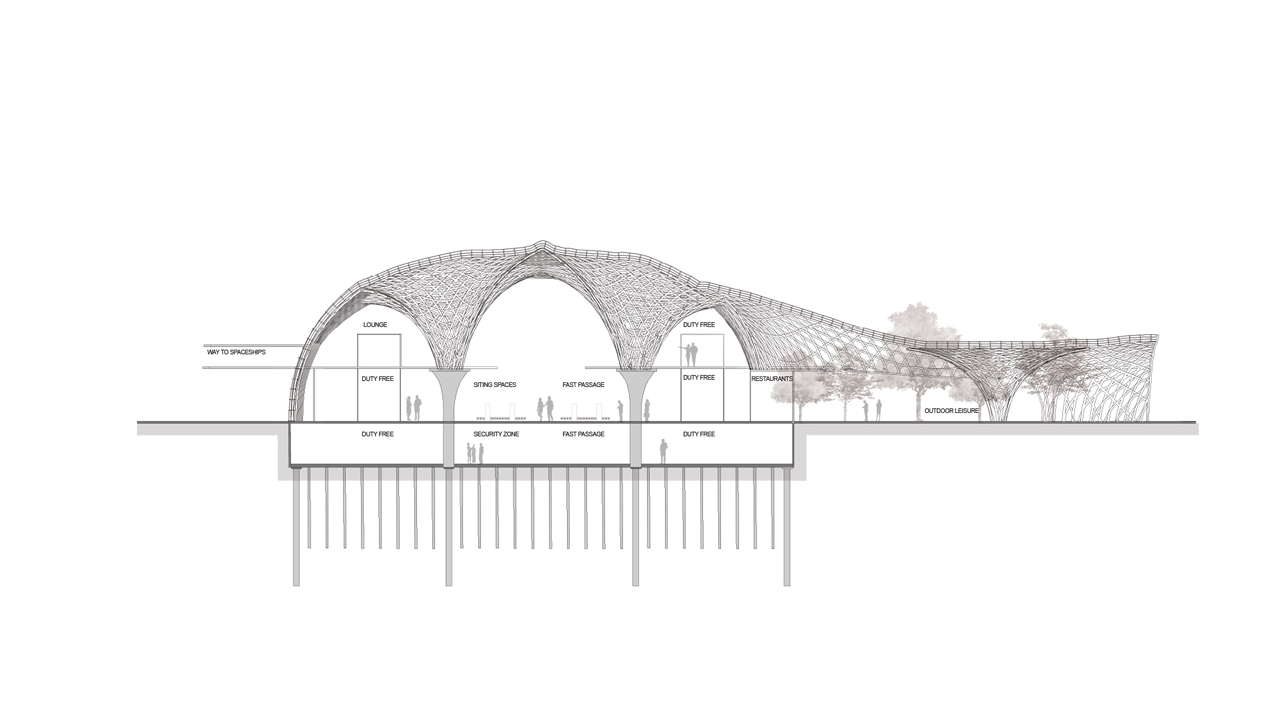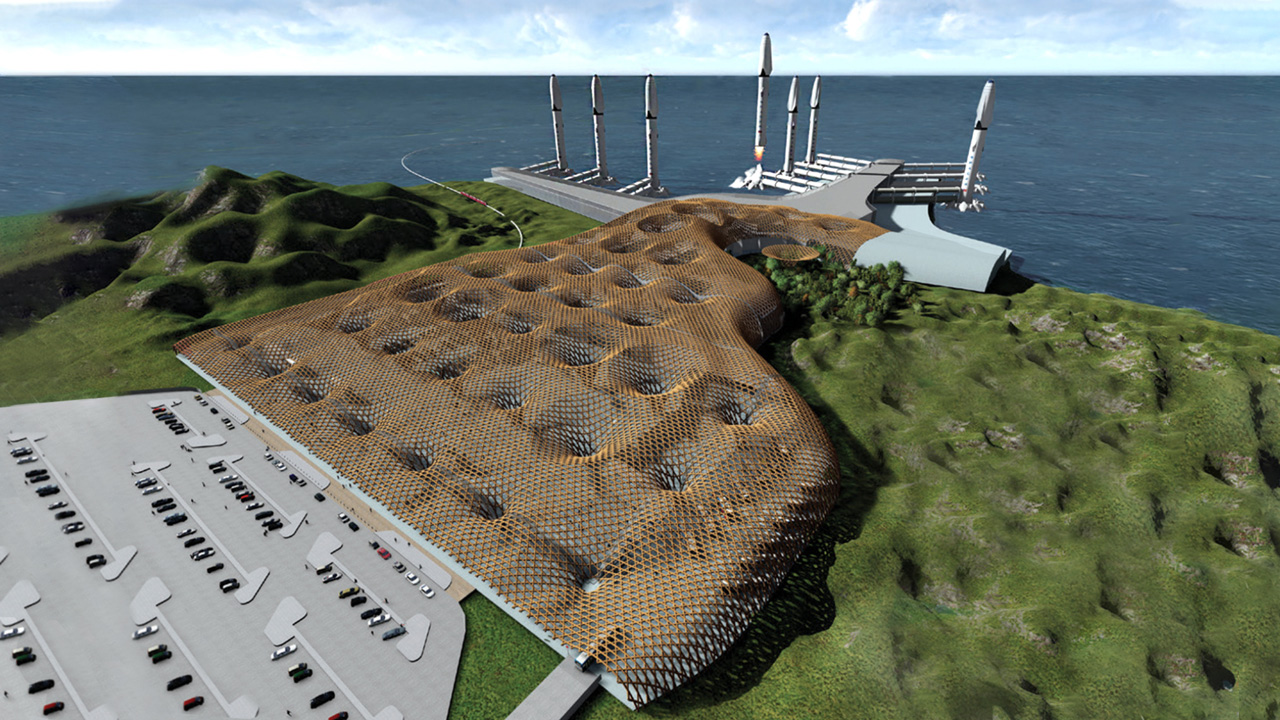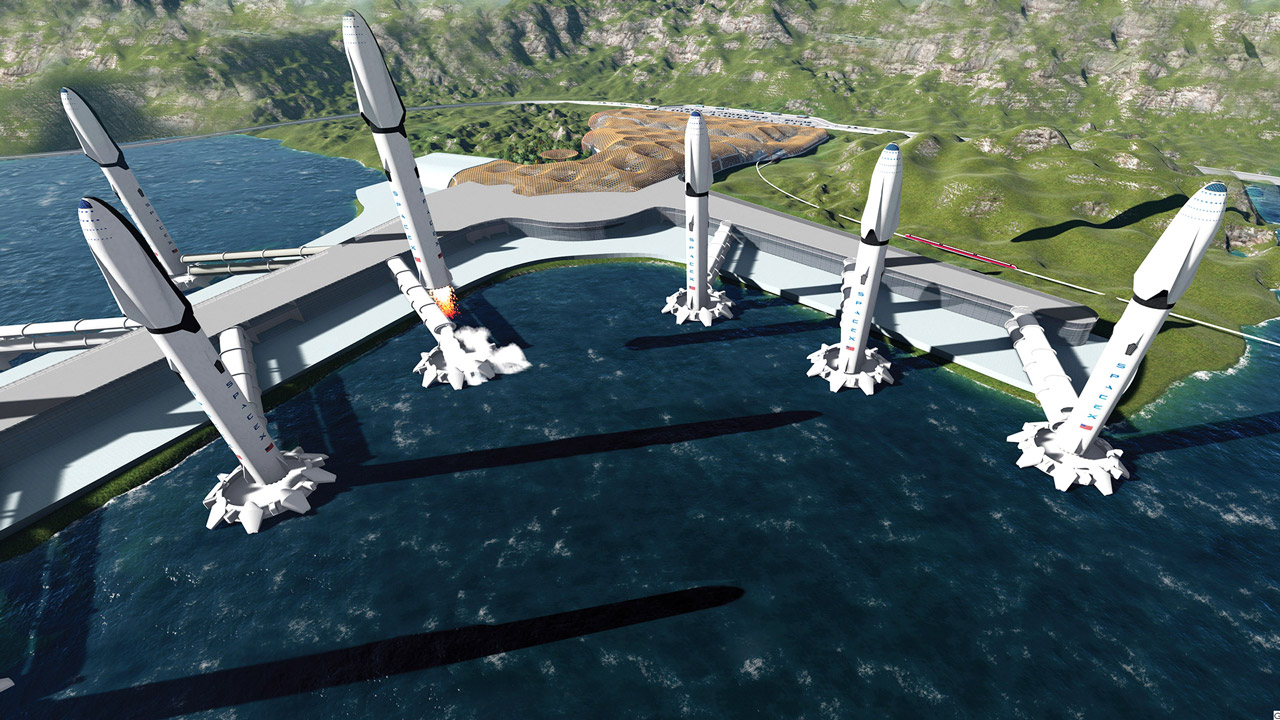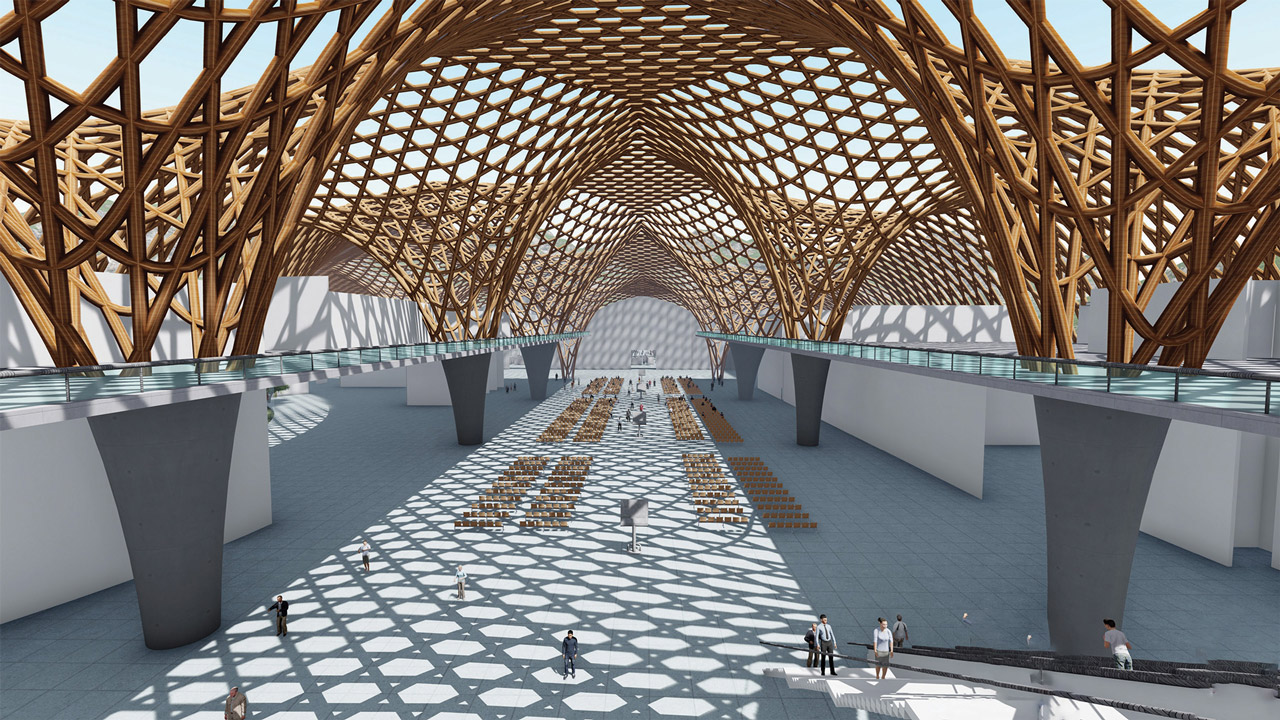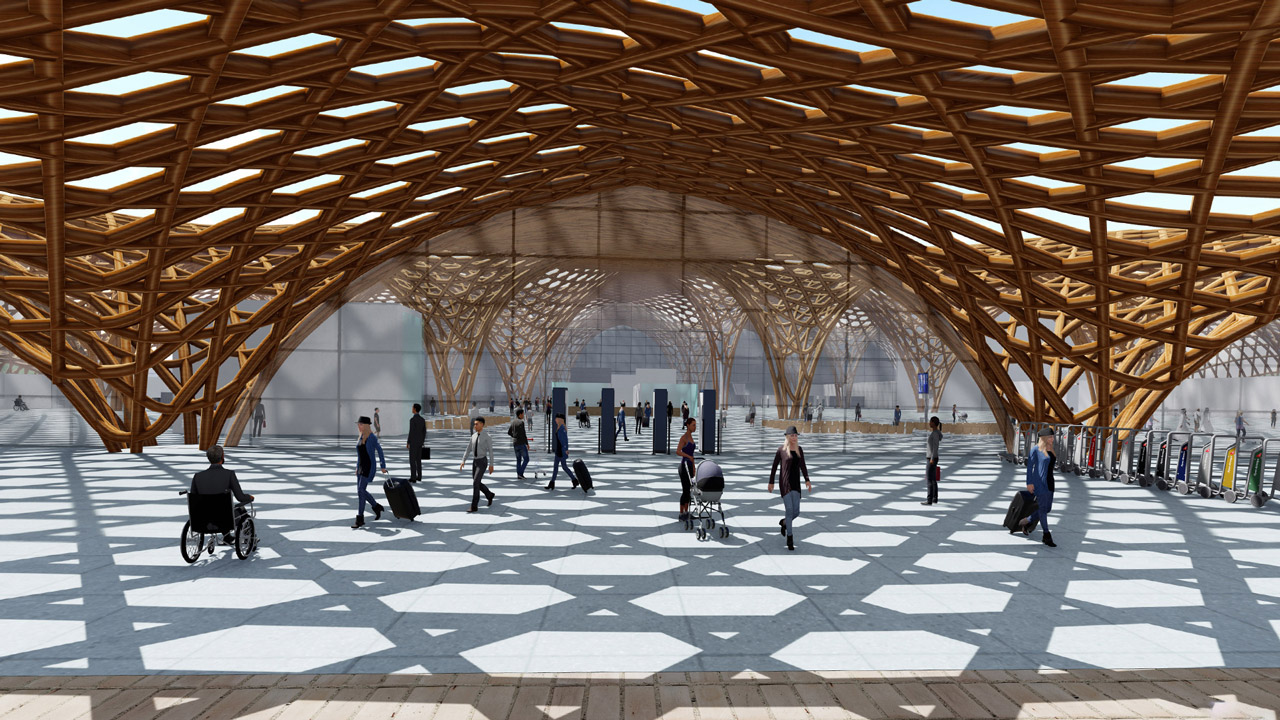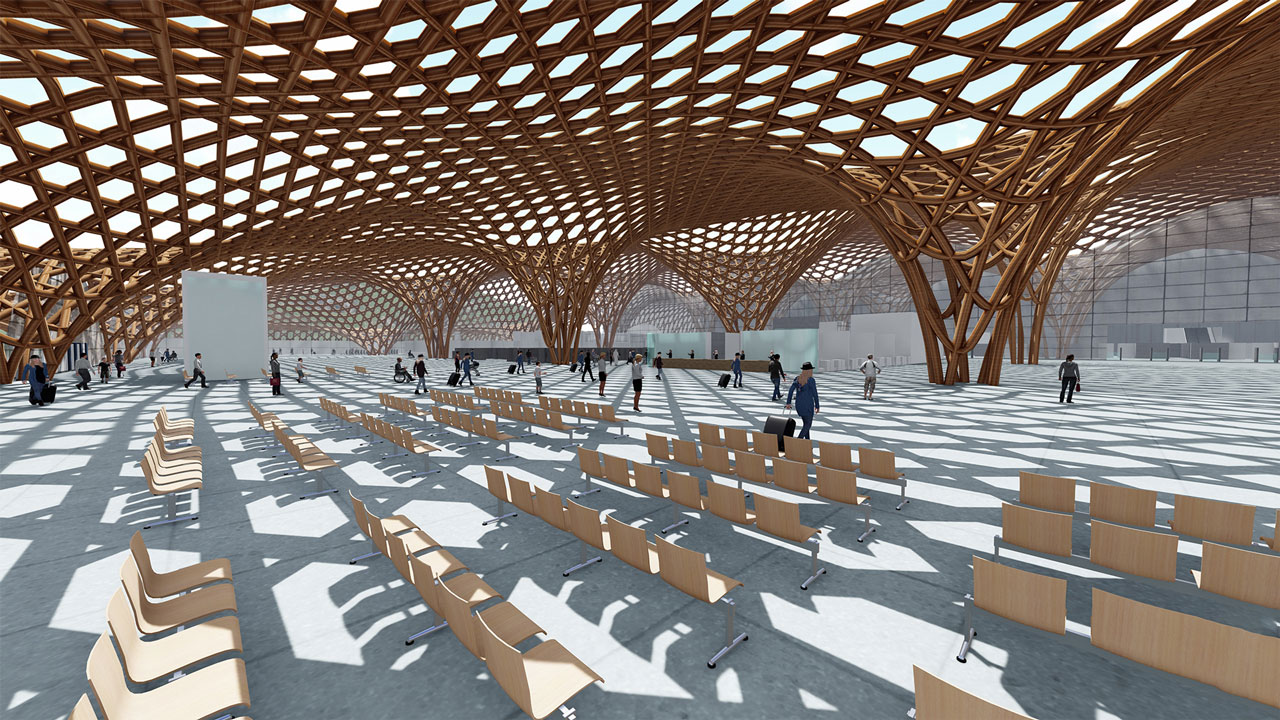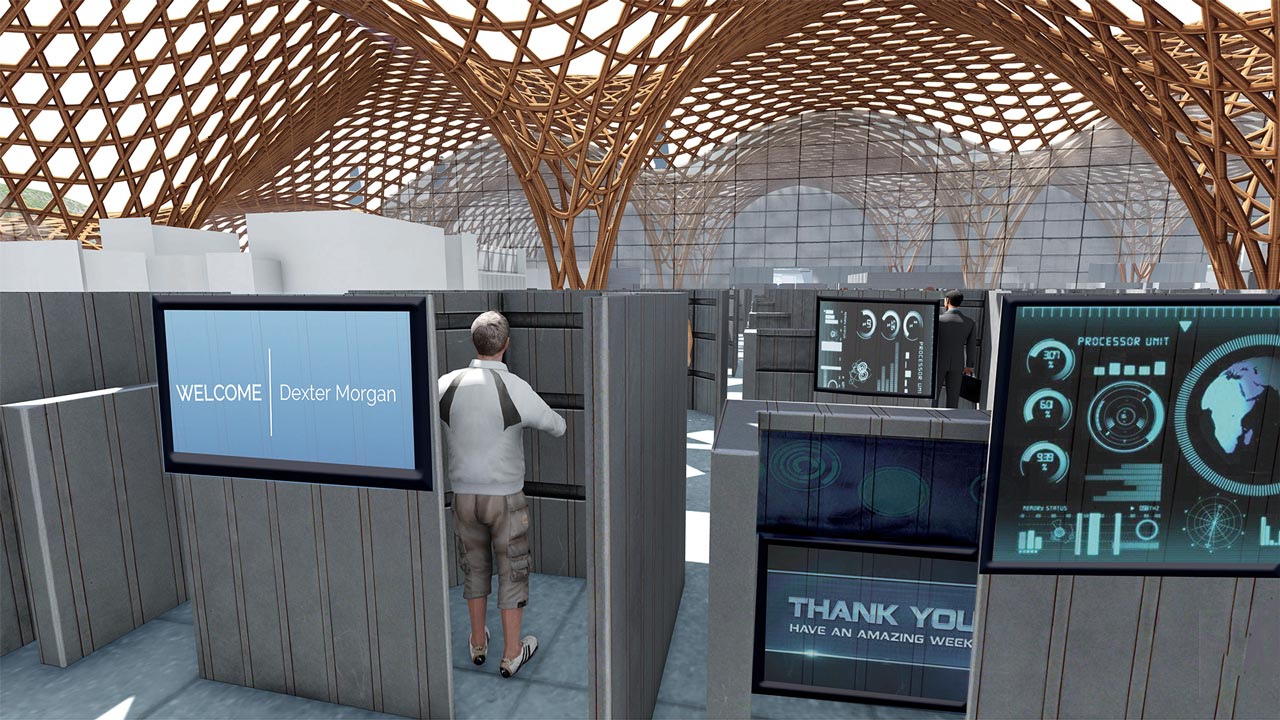Concept
For someone born in 2050, reusable ‘space’ planes will be a day-to-day reality. In the field of travel, humankind has continuously redefined their means of transport. The recent success of reusable rocket technology opens a Utopian realm of imagination for us designers. With the announcement of SpaceX to develop a transport system that uses rockets for intercontinental travel, we must assume the task of designing a spaceport for it. How would the travel experience, for example from London to Los Angeles in 40 mins or for any-other intercontinental locations need to be catered within the spaceport structure?
InterContinental spaceport is my attempt to breakdown this experience with the available knowledge along with foreseen future developments of various technologies and sustainable alternatives. As a result, the design approach has been based on the advancement in Artificial Intelligence, Advanced Biometrics & Clean energy and their sustainable service to the Human race. The building also aims towards negative carbon footprint and for this, The use of hydrogen fuel extracted using electrolysis meets the need of both the rocket vessels as well as the building.
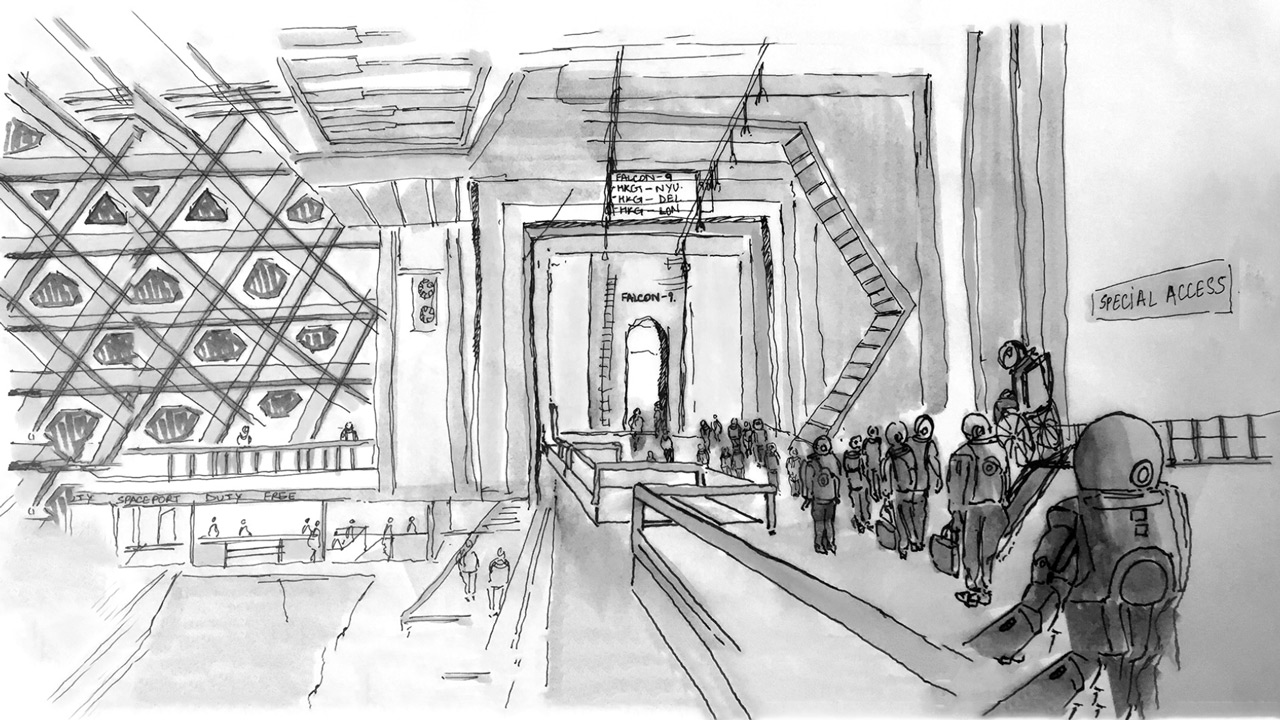
Passengers boarding a space rocket.
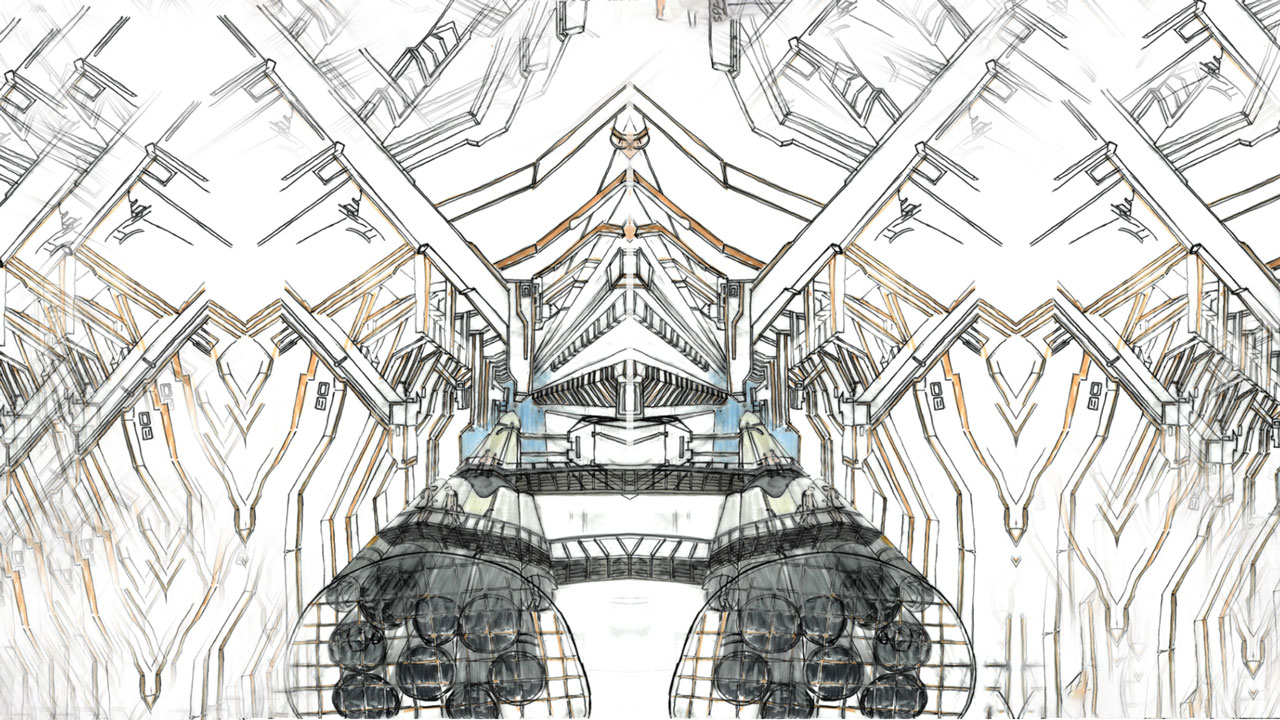
Fueling and rocket maintenance facility
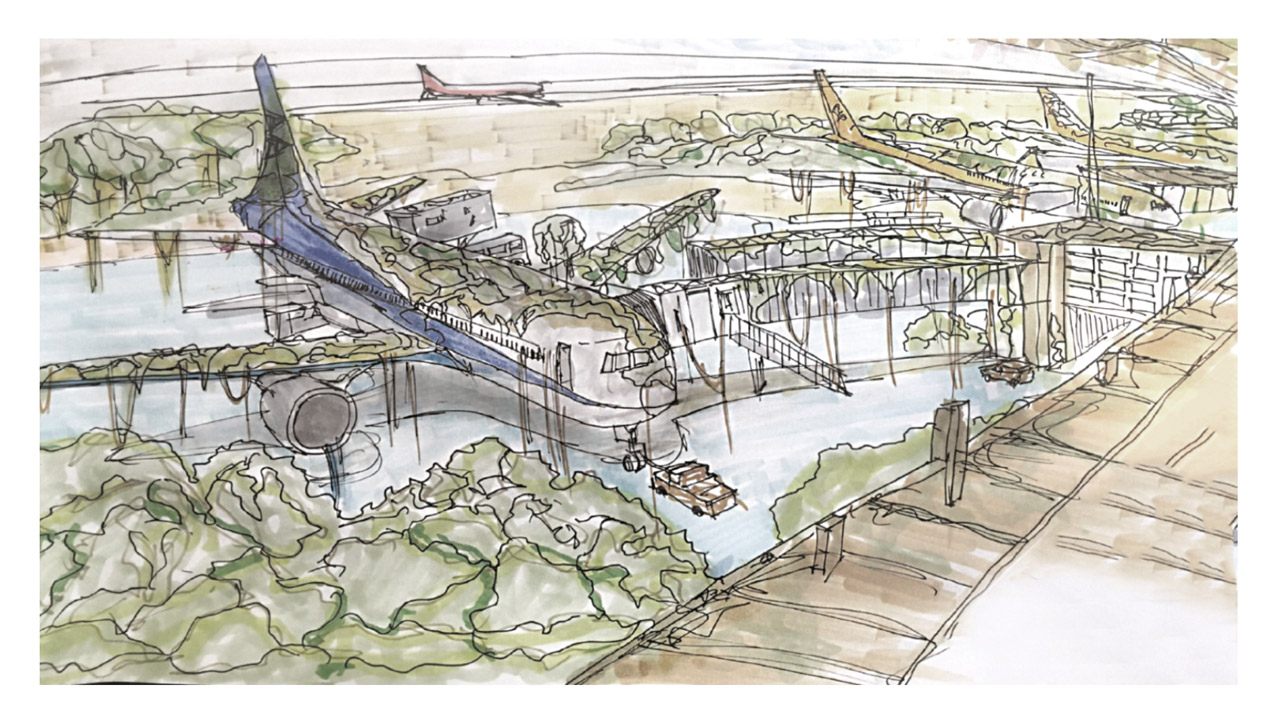
An imagined future where airports will be redundant
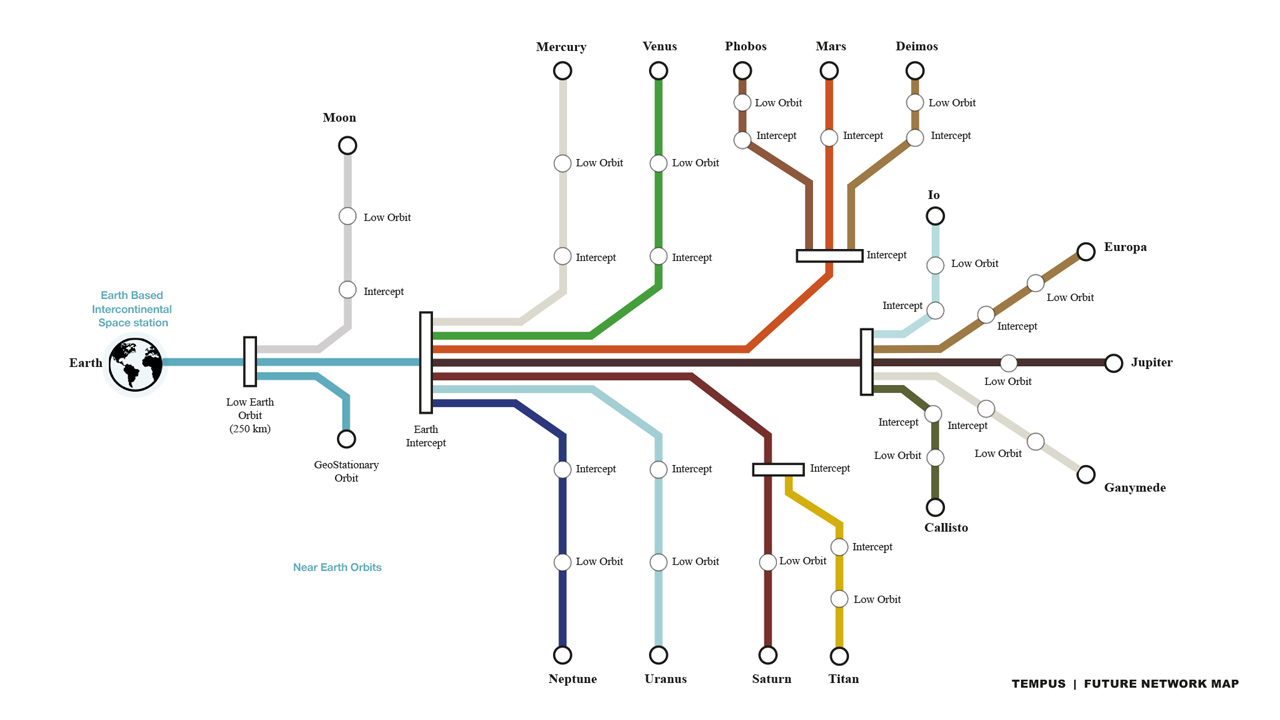
Future Roadmap of possible worlds within the solar system
